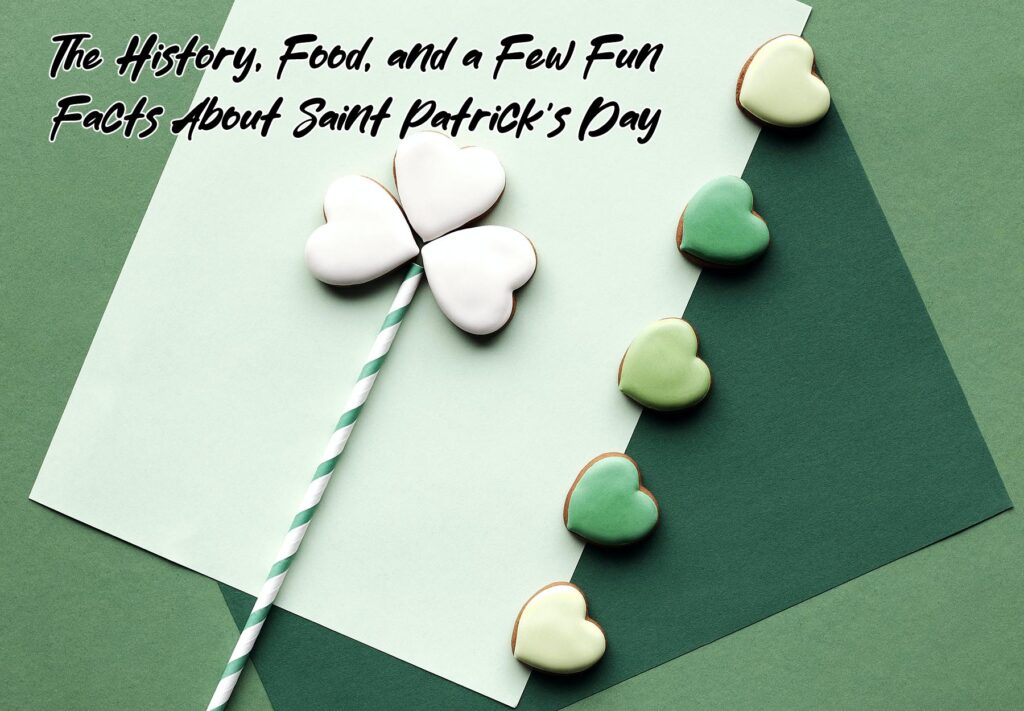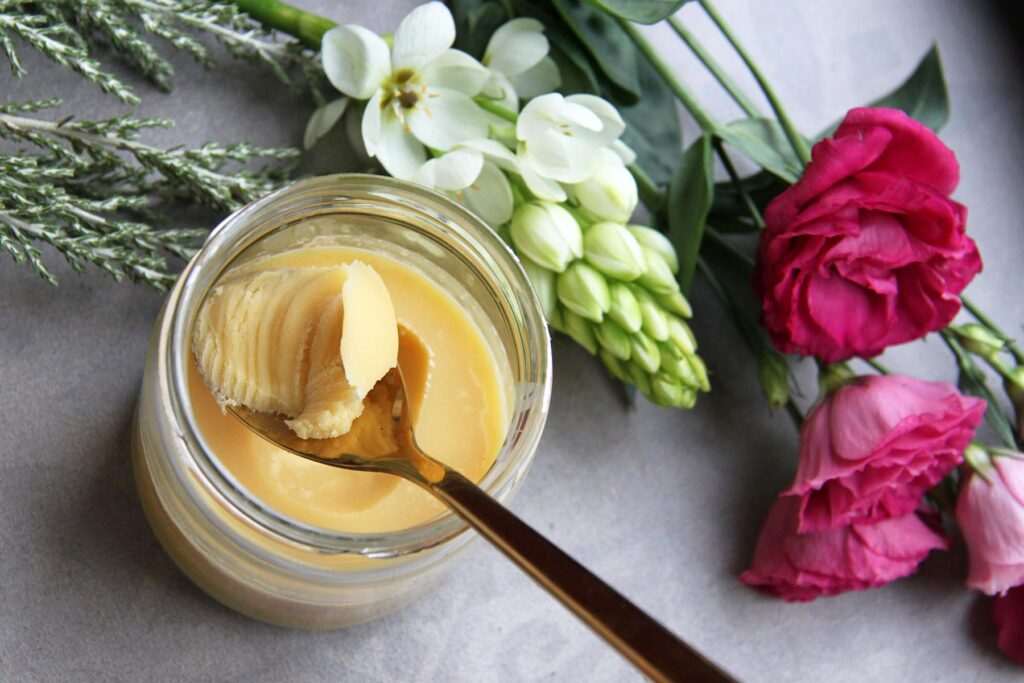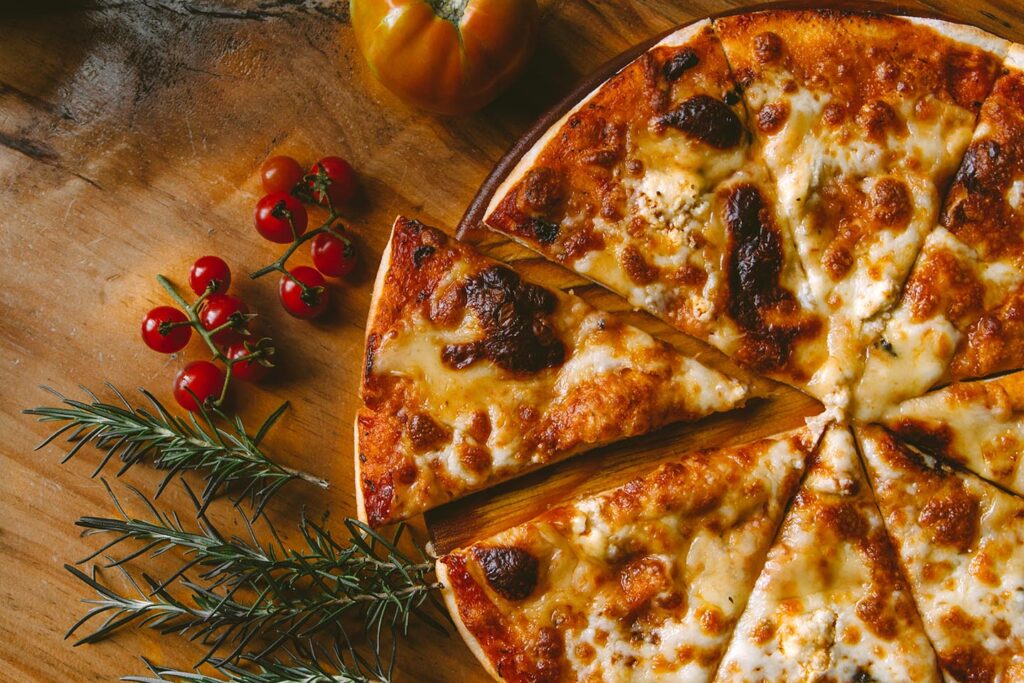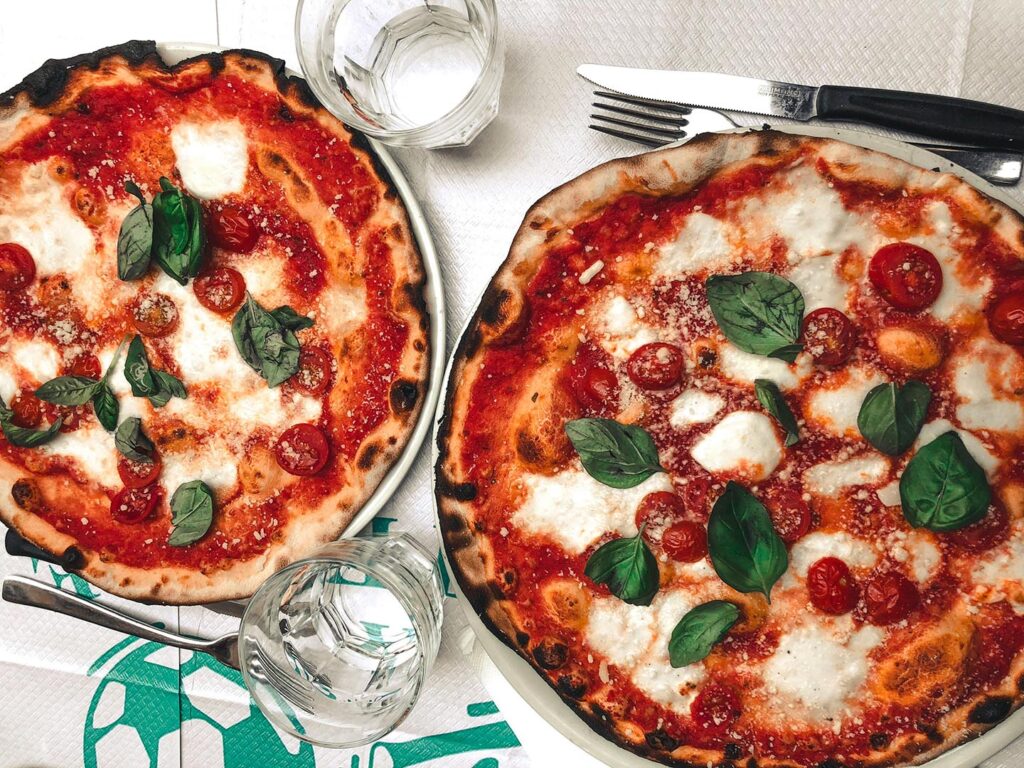
Saint Patrick’s Day, celebrated annually on March 17th, commemorates Saint Patrick, the patron saint of Ireland. The day holds religious significance in the Catholic Church and honors St. Patrick for bringing Christianity to Ireland. Patrick, believed to have been born in Roman Britain in the late 4th century, was captured by Irish raiders and taken to Ireland as an enslaved person. During his captivity, he found solace in his faith and eventually escaped. After returning to Britain, Patrick became a cleric and later returned to Ireland as a missionary. He is credited with converting many Irish pagans to Christianity and is associated with various legends, including the use of the shamrock to explain the concept of the Holy Trinity.
Saint Patrick’s Day observance has since evolved into a cultural and secular celebration of Irish heritage. The day is marked by parades, wearing green attire, traditional Irish music and dance, and decorating with shamrocks and other symbols. Saint Patrick’s Day has become a global celebration, transcending its religious origins, and is widely recognized as a day to celebrate Irish culture and identity.
Traditional foods enjoyed on Saint Patrick’s Day often reflect Irish culinary traditions, dishes include (but are not limited to):
- Corned Beef and Cabbage: A true holiday staple! Corned beef is boiled or slow-cooked, and served with cabbage, carrots, and potatoes.
- Irish Stew: A hearty and comforting slow-cooked dish made with lamb or mutton, potatoes, carrots, onions, and herbs.
- Potato Dishes: Potatoes are very important in Irish cuisine and various potato dishes are enjoyed on Saint Patrick’s Day, such as champ (mashed potatoes with scallions), boxty (potato pancakes), colcannon (a side dish made from mashed potatoes mixed with cabbage or kale and flavored with onions and butter), and more.
- Soda Breads and Farls: These quick bread types use baking soda or soda as a leavening agent instead of yeast. Soda bread loaves are occasionally made with raisins or other dried fruits. Farls are round flatbreads and are often served with butter and jam.
- Shepherd’s Pie: Although more commonly associated with British cuisine, Shepherd’s Pie is also enjoyed in Ireland. The dish comprises layered minced meat (usually lamb), vegetables, and mashed potatoes.
- Guinness-Infused Dishes: Guinness is often associated with Ireland and this iconic Irish stout has slowly made its way into Saint Patrick’s Day cuisine. Dishes include Guinness stew, Guinness bread, and even desserts like Guinness chocolate cake.
Here are a few fun facts about Saint Patrick’s Day you may or may not know:
- Wearing Green: The tradition of wearing green on Saint Patrick’s Day is believed to be in honor of the green hills of Ireland. However, in the past, blue was the color associated with St. Patrick.
- Chicago River Turns Green: In Chicago, a tradition involves dyeing the Chicago River green to celebrate St. Patrick’s Day. This vibrant green spectacle attracts thousands of spectators.
- Leprechauns: These mischievous fairy-like creatures are often associated with Irish folklore and are said to be shoemakers. Legend has it that if you catch a leprechaun, he has to grant you three wishes in exchange for his freedom.
- The First St. Patrick’s Day Parade: The first recorded St. Patrick’s Day parade took place in New York City in 1762, when Irish soldiers serving in the English military marched through the city.
- The Largest Yearly Parade: The largest St. Patrick’s Day parade is also New York City, it draws hundreds of thousands of participants and spectators every single year.
- The Shortest St. Patrick’s Day Parade: The town of Hot Springs, Arkansas, holds the title for the shortest St. Patrick’s Day parade. It spans only 98 feet, from one Irish pub to another.
- No Snakes in Ireland: Legend has it that St. Patrick drove all the snakes out of Ireland. While this is likely a metaphor for converting pagans to Christianity, Ireland is indeed snake-free.
Looking for some Saint Patrick’s Day recipe ideas? Try these articles:
No matter how (or if) you celebrate the day, we hope that your Saint Patrick’s Day is wonderful.
Do you celebrate Saint Patrick’s Day? How do you celebrate? Let us know in the comments!



